Colts’ Coach Chuck Pagano Has Leukemia

The players seemed stunned when Indianapolis Colts Head Coach Chuck Pagano wasn’t at the scheduled Monday morning team meeting.
They were even more stunned when the heard the reason- Pagano had been diagnosed with leukemia — a cancer of white blood cells — and was in the hospital starting treatment. Apparently Pagano’s wife, Tina, was the one who pushed him to see the doctor after noticing some unusual bruising on his body.
Pagano has a type of leukemia called Acute Promyelocytic Leukemia. Pagano’s doctor, Dr. Larry Cripe, said the coach will be treated with chemotherapy and drugs. This usually requires a patient to spend four to five weeks in the hospital.
After the announcement, Pagano sent a message to ESPN NFL Senior Writer Chris Mortensen about the outpouring of support he and his family have received:
Thanks for all the support and prayers. Could not get through this without the love and support of our football family and fans. A special thanks to the Irsay Family, the Colts organization, support staff, coaching staff and players. The Paganos love you all.
Offensive coordinator Bruce Arians will be the interim Head Coach during Pagano’s absence.
What is Acute Promyelocytic Leukemia (APL)?
Acute myelogenous leukemia (also called acute myeloid leukemia or AML) is a disease of the white blood cells and the bone marrow.
Cells in the bone marrow, called stem cells, can become any one of the different kinds of blood cells (see diagram below).
In AML, these stem cells become myeloid blast cells (now called leukemic cells), but do not go on to become red blood cells, platelets or certain white blood cells of this myeloid line (cells within the blue box below). This can lead to anemia (low red blood count), blood clotting problems, and increased risk of infection (low white cell count).
Acute promyelocytic leukemia (APL) is a distinct subtype of AML. In APL, immature white blood cells called promyelocytes accumulate in the bone marrow. This leads to a shortage of normal white and red blood cells and platelets in the body, which causes many of the signs and symptoms of the condition.
Acute promyelocytic leukemia is most often diagnosed around age 40, although it can be diagnosed at any age.
Acute promyelocytic leukemia accounts for about 10 percent of AML cases. APL occurs in approximately 1 in 250,000 people in the United States.
What are the symptoms of APL?
People with acute promyelocytic leukemia are especially susceptible to developing bruises, small red dots under the skin (petechiae), nosebleeds, bleeding from the gums, blood in the urine (hematuria), or excessive menstrual bleeding. The abnormal bleeding and bruising occur in part because of the low number of platelets in the blood (thrombocytopenia) and also because the cancerous cells release substances that cause excessive bleeding.
The low number of red blood cells (anemia) can cause people with acute promyelocytic leukemia to have pale skin (pallor) or excessive tiredness (fatigue). In addition, affected individuals may heal slowly from injuries or have frequent infections due to the loss of normal white blood cells that fight infection. Furthermore, the leukemic cells can spread to the bones and joints, which may cause pain in those areas. Other general signs and symptoms may occur as well, such as fever, loss of appetite, and weight loss.
What are the genetic changes related to acute promyelocytic leukemia?
APL has been found to have a genetic basis. Part of one gene has been moved to another chromosome. This causes an abnormal protein to be made. The normal protein is crucial to the development of stem cells into mature blood cells. The abnormal protein blocks this maturation.
This mutation is acquired during a person’s lifetime and is present only in certain cells. This type of genetic change, called a somatic mutation, is not inherited.
How is APL treated?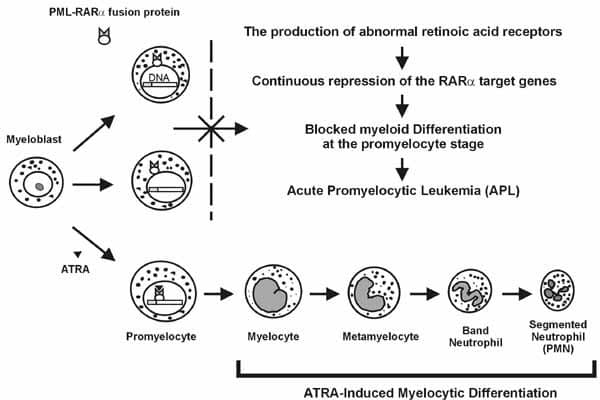
The prognosis of patients with APL has dramatically changed over the past few years. Once considered one of the most difficult to treat, it is now becoming one of the most successful.
This is because of a drug called ATRA (all-trans-retinoic acid). ATRA is able to override the effects of the abnormal protein produced in APL. Stem cells are once again able to develop normal mature blood cells (red blood cells, platelets and white blood cells). ALTRA, given with hemotherapy and another drug called ATO (arsenic trioxide) has now allowed the majority of patients to achieve a 5-year disease-free survival.
Best wishes to Coach Pagano for a speedy recovery!
This post was brought to you by:





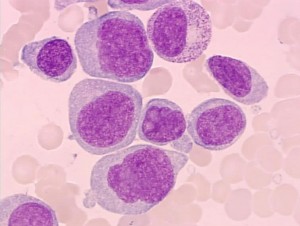
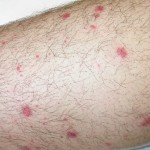










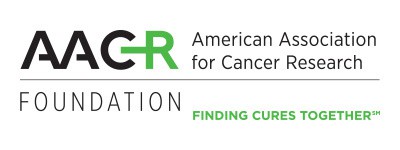

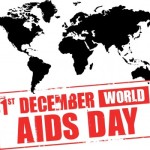








0 comments